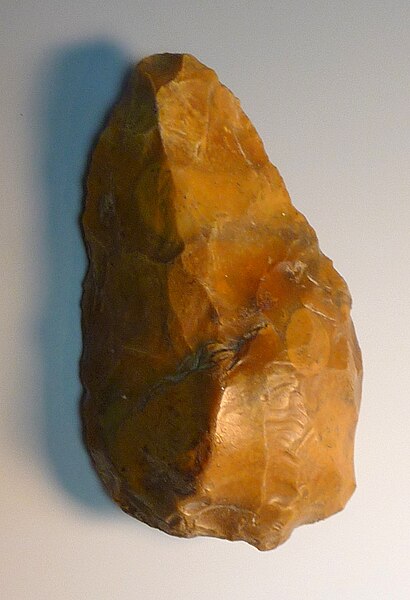In engineering, a mechanism is a device that transforms input forces and movement into a desired set of output forces and movement. Mechanisms generally consist of moving components which may include:Gears and gear trains;
Belts and chain drives;
cams and followers;
Linkages;
Friction devices, such as brakes or clutches;
Structural components such as a frame, fasteners, bearings, springs, or lubricants;
Various machine elements, such as splines, pins, or keys.
Theo Jansen's kinetic sculpture Strandbeest, a wind-driven walking machine
A machine is a physical system that uses power to apply forces and control movement to perform an action. The term is commonly applied to artificial devices, such as those employing engines or motors, but also to natural biological macromolecules, such as molecular machines. Machines can be driven by animals and people, by natural forces such as wind and water, and by chemical, thermal, or electrical power, and include a system of mechanisms that shape the actuator input to achieve a specific application of output forces and movement. They can also include computers and sensors that monitor performance and plan movement, often called mechanical systems.
A Honda F1 racecar engine
A flint hand axe was found in Winchester.
The Kinematics of Machinery (1876) has an illustration of a four-bar linkage.
Diesel engine, friction clutch and gear transmission of an automobile





